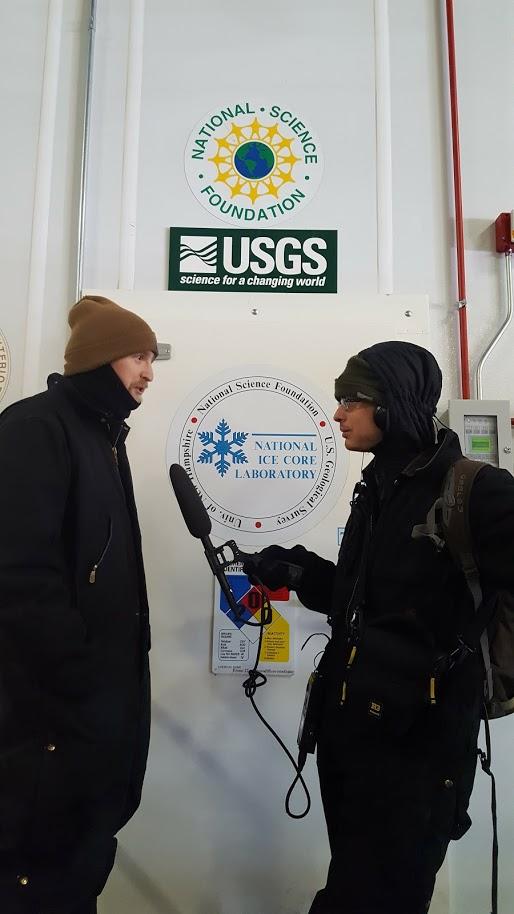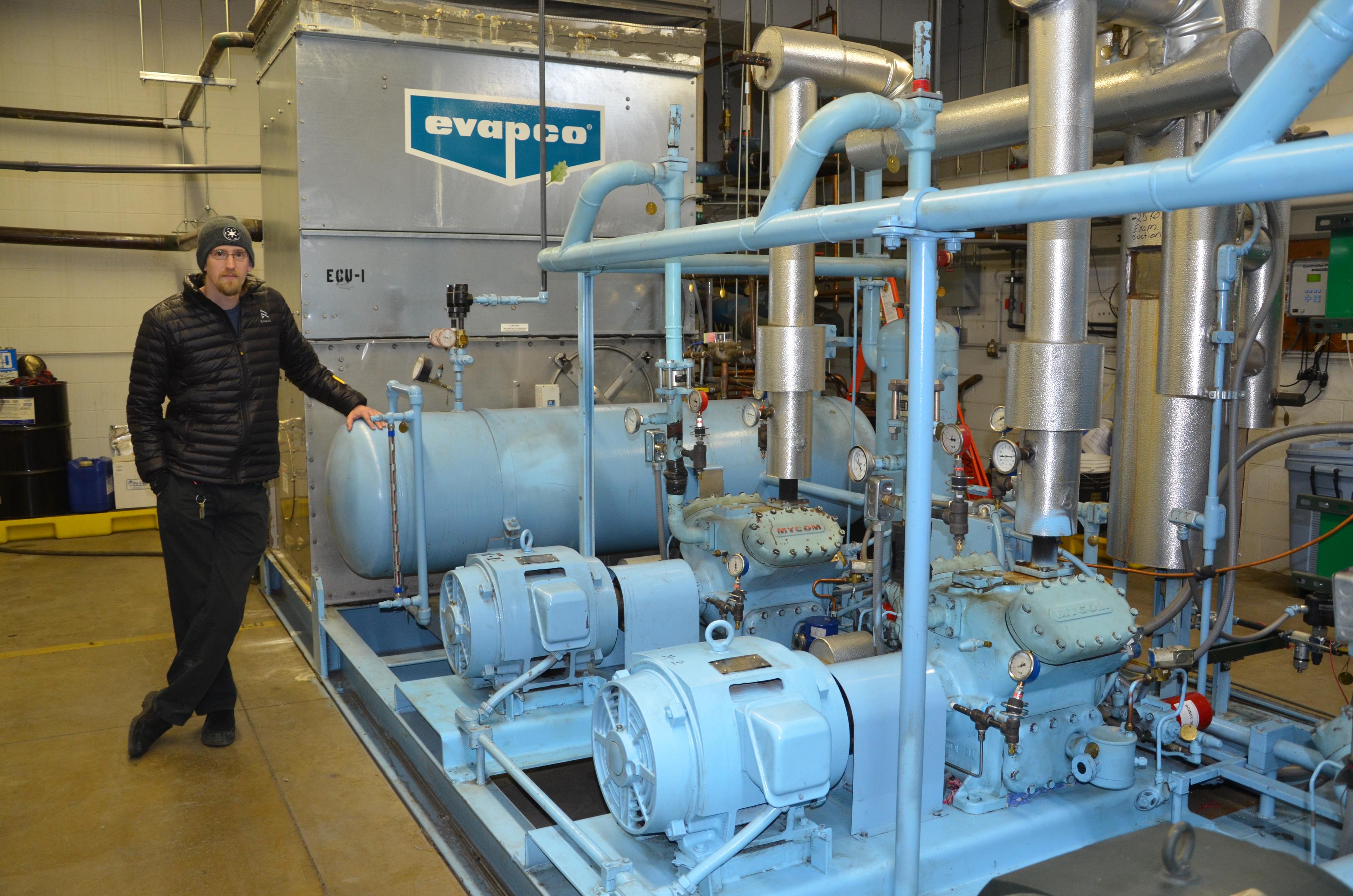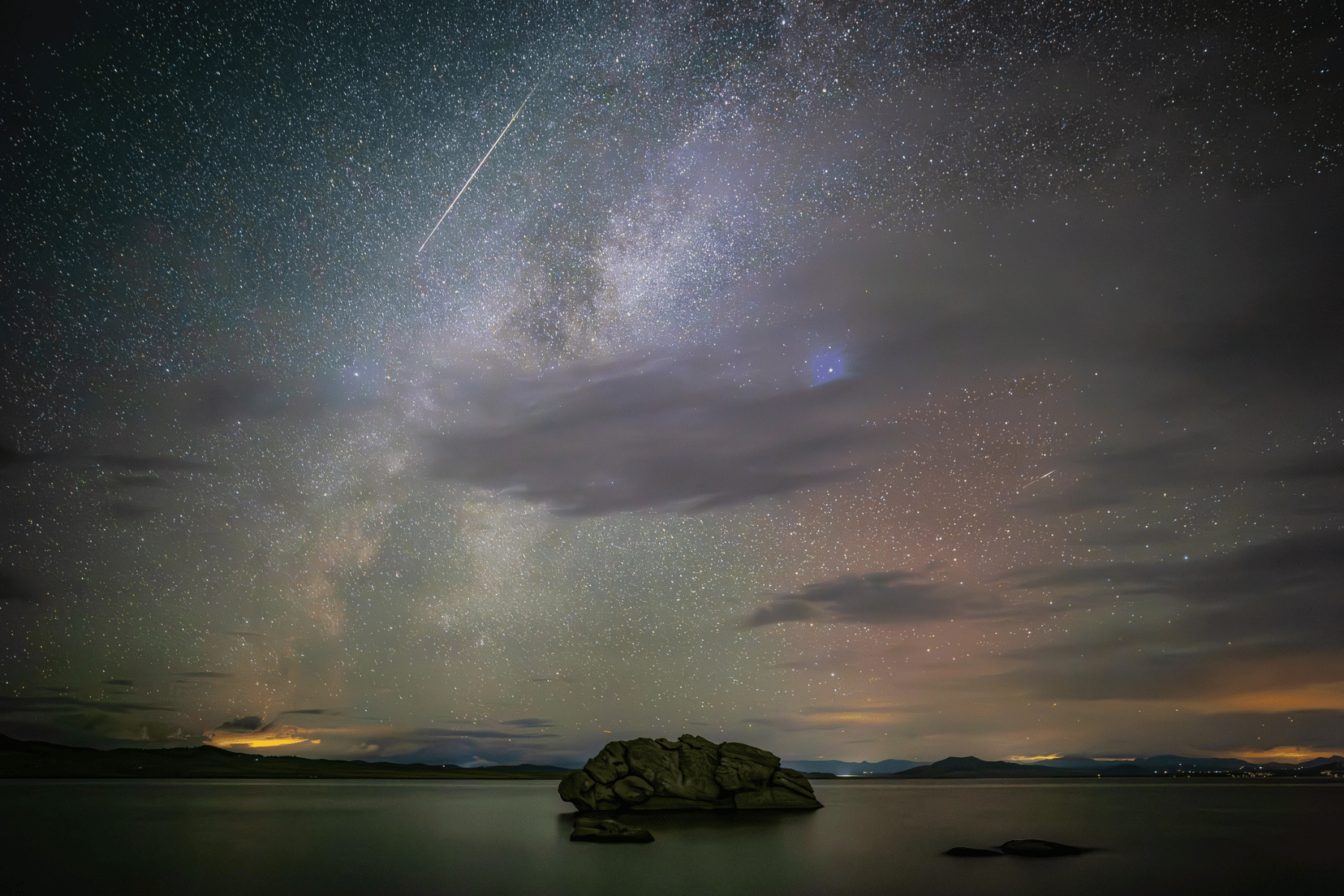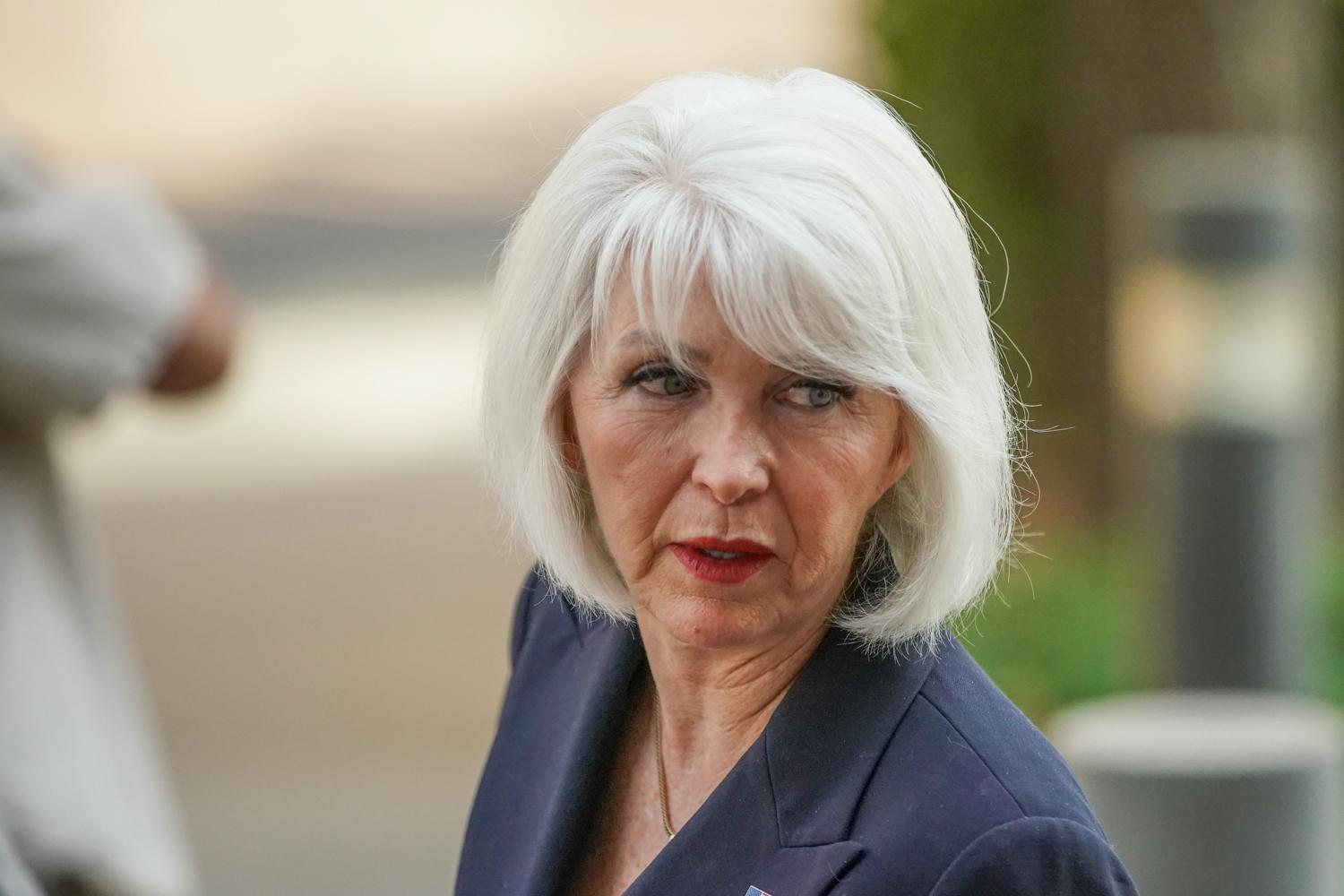
You may have never heard of it, but one of the world’s most important archives on climate change is right here in Colorado. The National Ice Core Laboratory in West Denver holds records on the atmosphere going back hundreds of thousands of years.
The data at NICL isn’t stored on disks or in books. Inside the freezer, aisles are stacked floor-to-ceiling with silver cylinders about the length of your arm. Each tube holds ice cores recovered from polar regions of the planet.
Now, the frigid record of the past faces an uncertain future. The lab needs major renovations to keep its cool. As a result, curators may have made the last major addition to the archive earlier this month. Mark Twickler, NICL’s science director, snapped photos as a semi truck backed to the loading dock at the lab.
“These samples made it all the way from [the] South Pole here to Denver, Colorado in pristine condition,” he says. “It’s actually quite exciting.”
The truck holds the last shipment from the South Pole Ice Core Project. Over two Antarctic summers, Twickler and other scientists traveled to the very bottom of the world and drilled down. They extracted around 1,700 meters -- about a mile -- of ice.
Twickler says the shipment, which forklifts rush through a sprawling warehouse into the freezer, is a record of the last 40,000 years. So how is that section of ice also a section of the past?
"In places like Antarctica, it snows, and that snow never melts,” he says. As the snow deepens and compresses into ice, air from the surface gets trapped and sealed inside. Scientists can analyze those bubbles to determine the concentration of gasses in the atmosphere over time. They can also tease out the temperature from some chemistry in the snow itself.
Taken together, that’s one way scientists know that periods of higher temperature have correlated with greater atmospheric concentrations of carbon dioxide -- the main gas behind human-caused climate change. Twickler says the snow at the South Pole is so clean, scientists could detect trace gasses, and learn what algae in the ocean have been up to over the last 40,000 years.
A Cool Tour
For that process to work, the ice needs to be kept cold -- really, really cold. “Around negative 40 degrees Celsius, which is about the same Fahrenheit,” says Richard Nunn, an assistant curator at NICL, as we get dressed to enter the freezer.

We bundle into full body suits, hats and gloves. Nunn downs a snack. To stay warm, he tries to eat 4,000 calories on days he works inside the archive.
Nunn leads me past a processing area, where curators saw samples to send to scientists, and through another door to the main storage room. A cardboard cutout of Mr. Freeze, the Batman villain, guards the silver core tubes. We walk to the back of the freezer to see the last few empty shelves.
“We could not store another deep core. Anything more than a couple hundred meters, we don’t have room for,” he says.
The lack of capacity isn’t the only problem. The lab uses R-22 freon to stay cold. In 1989, an international treaty called the Montreal Protocol outlawed the cooling agent because its been shown to deplete the ozone layer. The gas goes off the market entirely in 2020.

That impending coolant shortfall has NICL caught in a moment of frigid irony. The lab studies the climate, but it can’t continue doing that without continued access to a gas shown to damage the atmosphere.
Lindsay Powers, the technical director at NICL, says one solution would be for the National Science Foundation -- which funds the lab -- to grant them around $6 million to build a second freezer. That way, the curators could keep ahold of the ice while they install a more environmentally-friendly cooling system. NICL would then have extra capacity for new ice cores.
Powers knows that’s a big ask. The National Science Foundation has had flat budgets for the last five years. Recently, the new Republican-controlled Congress directed the agency to consider if projects are “potentially useful” and “in the national interest.”
Democrats worry that’s an early play to direct funding away from climate science. Science Magazine reports that some U.S. senators do not regard current climate science as being in “the national interest.” The Washington Post notes that the president’s recent budget blueprint does not have a line item for the National Science Foundation, but it might fall under a category of “other agencies” in line for a 9.8 percent cut.
The NSF has yet to open a formal process to gather solutions for the laboratory. Mike Jackson, the research facilities and special projects program director in the NSF's Office of Polar Programs, says “we all understand that the infrastructure there is aging and that something needs to happen. I think we owe it to ourselves and to the taxpayers to make the best decision in terms of how we spend that money.”
What The Lab Stands To Lose
At the end of our tour, Richard Nunn reflects on what could happen if the lab can’t expand as it replaces the cooling system. No large core drilling projects are on the calendar. If one did come in, the curators would have to free up space.

He says universities could take some of the cores, but, in the worst case, “we would have to dispose of cores that still have valuable scientific information. Just essentially throw them out on the parking lot.”
Many of the older samples have lost some of their scientific value over time and curators would first get any information they could from the cores. Even so, Jim White, a professor of geosciences at CU Boulder, says it would be wrong to melt any cores.
“You never know what ice is really valuable and what ice is not. That’s a decision science makes,” he says. “The answer's going to change as technology changes and the questions change.”
White says remodeling the archive makes sense for the public. For a few million dollars, the NSF can protect cores that cost taxpayers far more to recover. The facility also helps young climate scientists, who have less access to funding, publish research even when they can’t travel to Greenland or Antarctica.
The archive also offers stark data points in the age of human-caused climate change. Among the shelves of polar ice, there isn’t one record where concentrations of carbon dioxide are as high as they are today.
White says other curiosities at NICL could help scientists understand modern climate change. In a 15,000-year-old core from Greenland, White found that the average temperature shifted 10 degrees Celsius in just four years. That’s like if one part of Greenland went from having Montreal’s climate to having Miami’s.
“That tells us that there are some very interesting and abrupt changes in our climate system, that there are tipping points in our climate system,” White says.
And as human-caused climate change ramps up, he says the National Ice Core Laboratory at least offers some idea of what could be in store for the planet.
Editor's Note: Because of a source's error, an earlier version of this story incorrectly reported the prospective cost of a new freezer. It is $6 million, not $10 million. Additionally, we clarified Mike Johnson's official job title at the NSF.









